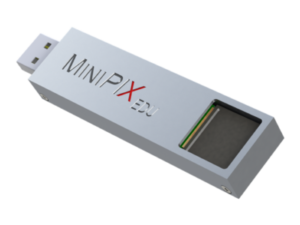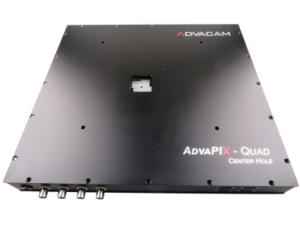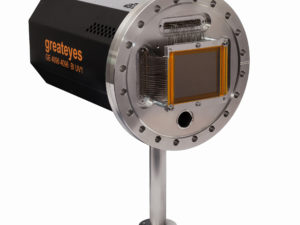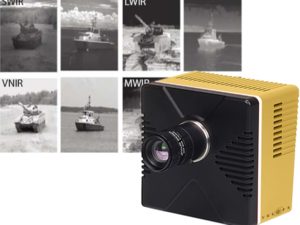Description
Our partner Radalytica is the leading provider of 3D Robotic Imaging Systems. They provide a combination of the most advanced imaging methods for non-destructive inspection of composite and other materials. Radalytica uses technologies such as X-ray computed tomography, air-coupled ultrasound, macro-photography or material resolving X-ray, together with flexible and easy to use collaborative robots.
Contrary to the classical X-ray system, the Robotic Imaging System allows nearly arbitrary flexibility of viewing angles. The system supports several different scanning approaches, each one is designed for a different type of sample. Radalytica’s Robotic Imaging System named Radalyx is an X-ray imaging system that combines single particle counting X-ray imaging detectors for high quality images with the flexibility of collaborative robots.
Key Features and Benefits:
- Modular combination of imaging methods
- High resolution (55 µm or better) imaging of large objects
- Real time imaging with immediate viewing angle and position control
- Variety of scanning modes for different sample types
- Total freedom of X-ray viewing angles
- Spectral X-ray imaging for material identification
- Air-coupled ultrasound scanning of complex curvatures
- Extendible to 3D by Computed Tomography and Tomosynthesis
- Easy programming or intuitive manual handling using 3D Mouse Move
- Possibility to integrate into production lines or stand-alone flexible lab systems or portable systems
- Ability to detect even the smallest defects in size of tens of micrometers
- Inspection of hard-to-reach places and irregular structures from different angles
https://youtu.be/BANYHgfvsQU
X-ray
Radalyx uses a new generation of X-ray imaging detectors, which provide unprecedented image quality that helps identifying impurities in materials and products, bubbles, cracks, foreign objects or misalignments. In classical X-ray imaging systems, both the X-ray tube and detectors are fixed or move only in a limited range of directions (left, right, up and down). Hence, it is not easy, or even possible, to inspect selected areas of larger structures, especially when they have complex shapes. Contrary to the classical X-ray imaging setups, Radalyx gives nearly absolute flexibility of viewing angles and makes the X-ray inspection as easy as visual control.

Ultrasound
Radalyx supports an air-coupled ultrasound to inspect advanced composite materials, such as aircraft fuselage, wings, propeller blades or even objects made from polymers, wood or metal. The air-coupled untrasound allows Radalyx to detect inhomogenity, internal discontinuities or a surface damage to the material. In contrast to conventional testing, no liquid coupling and no direct contact with the test object is required. Many components cannot be wetted with liquid coupling due to material or production-dependent properties, because they would otherwise swell, peel, corrode or otherwise be destroyed. Existing systems with liquid coupling (e.g. squirter or immersion technology test systems) also require complicated water supply and drainage as well as lengthy and costly drying processes. This technology takes the effectiveness and quality of non-destructive testing to the highest possible level.











